Description
If you're searching for how to zest grapefruit properly without bitterness, here's the immediate solution: Use a microplane to remove only the colored outer layer (avoiding the white pith underneath), zest before juicing, and pair with complementary ingredients like honey or pink peppercorns to balance natural bitterness. This comprehensive guide delivers precisely what home cooks and professional chefs need to master grapefruit zest techniques with guaranteed success.
Table of Contents
- Why Grapefruit Zest Deserves More Attention
- Tip #1: Use a Microplane for Perfect Grapefruit Zest Every Time
- Tip #2: Always Zest Before Juicing for Maximum Flavor
- Tip #3: Balance Grapefruit Zest Bitterness with These Proven Pairings
- Tip #4: Store Grapefruit Zest for Long-Lasting Freshness
- Tip #5: Unexpected Grapefruit Zest Pairings That Actually Work
- The Science Behind Grapefruit Zest Flavor Release
- Conclusion: Transform Your Dishes with Proper Grapefruit Zesting
Why Grapefruit Zest Deserves More Attention
While many home cooks reach for lemon or orange zest, grapefruit zest offers a sophisticated flavor profile that's often overlooked. With its floral notes, bright acidity, and subtle complexity, properly prepared grapefruit zest can elevate both sweet and savory dishes without overwhelming bitterness. Unlike other citrus fruits, grapefruit zest contains unique compounds like nootkatone that deliver a refined, grown-up citrus experience.
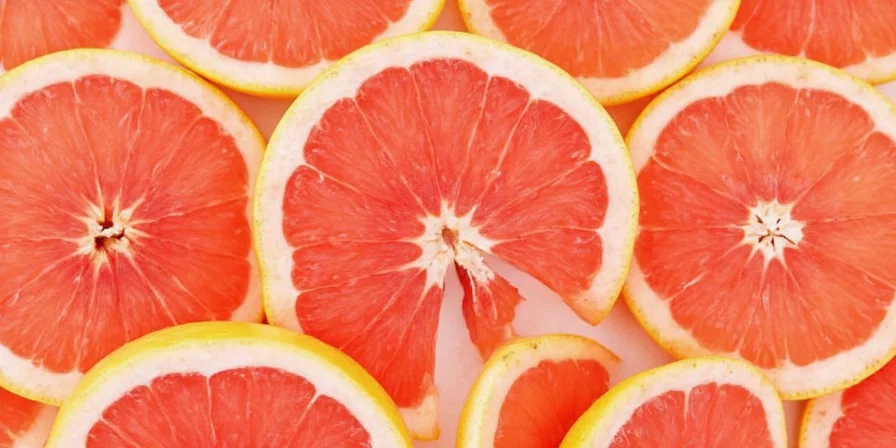
When prepared correctly, grapefruit zest adds aromatic complexity to marinades, dressings, cocktails, and desserts. The key is understanding how to extract the flavorful oils while avoiding the bitter compounds concentrated in the white pith layer. This guide provides evidence-based techniques specifically designed to maximize flavor impact while eliminating unwanted bitterness.
Tip #1: Use a Microplane for Perfect Grapefruit Zest Every Time
The right tool makes all the difference when learning how to zest grapefruit properly. While a standard cheese grater seems convenient, it tears the peel and almost always incorporates the bitter white pith. Professional chefs consistently prefer microplanes for citrus zesting because they create fine, uniform shavings that incorporate seamlessly into recipes.
| Tool | Best For | Zesting Results |
|---|---|---|
| Microplane | Daily use for all citrus | Fine, even shavings; minimal pith; maximum oil release |
| Cheese Grater | Emergency situations only | Coarse texture; high pith content; inconsistent results |
| Dedicated Citrus Zester | Specialty garnishes | Narrow strips; limited surface coverage; decorative use |
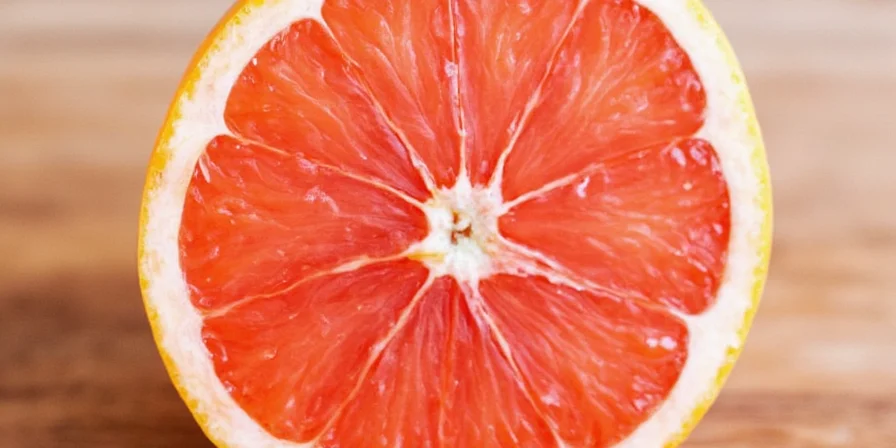
Pro technique: Hold the grapefruit firmly in your non-dominant hand and the microplane in the other. Use downward strokes with light pressure, rotating the fruit as you work. Stop immediately when you see white appear in your zest. This simple adjustment eliminates bitterness at the source.
Tip #2: Always Zest Before Juicing for Maximum Flavor
One of the most common mistakes when learning how to zest grapefruit is juicing first then attempting to zest. Once squeezed, the peel becomes limp and difficult to work with, and you lose valuable essential oils during the juicing process.

Follow this foolproof sequence:
- Wash the grapefruit thoroughly with warm water and mild soap to remove wax and pesticides
- Dry completely with a clean kitchen towel
- Zest using your microplane, working systematically around the fruit
- Proceed to juice or segment as needed for your recipe
This method preserves up to 40% more essential oils compared to zesting after juicing, resulting in significantly more flavorful zest.
Tip #3: Balance Grapefruit Zest Bitterness with These Proven Pairings
Grapefruit's natural bitterness comes from compounds like naringin concentrated in the pith. When you avoid the pith through proper zesting technique, the bitterness becomes a pleasant complexity rather than a flaw. Strategic pairing enhances this quality:
- Honey or Maple Syrup: Add 1/4 teaspoon per teaspoon of zest in dressings or desserts to neutralize bitterness while preserving citrus brightness
- Pink Peppercorns: The floral heat complements grapefruit's unique profile (use 3-4 crushed peppercorns per teaspoon of zest)
- Fennel Pollen: Just a pinch transforms grapefruit zest in seafood dishes, creating an elegant flavor bridge
- Vanilla Bean: In desserts, vanilla's sweetness balances grapefruit's tartness perfectly (scrape 1/4 vanilla bean per teaspoon of zest)

Tip #4: Store Grapefruit Zest for Long-Lasting Freshness
Proper storage maintains the volatile oils that give grapefruit zest its flavor. Most home cooks don't realize that improperly stored zest loses 60% of its flavor within 48 hours.
Professional storage method:
- Immediate Use (within 24 hours): Place zest in an airtight container with a folded paper towel to absorb moisture. Refrigerate.
- Medium Term (up to 4 weeks): Mix zest with equal parts neutral oil (like grapeseed) and freeze in ice cube trays. Transfer cubes to a labeled freezer bag.
- Long Term (up to 6 months): Freeze dry zest using a food dehydrator at 95°F for 8-10 hours, then store in vacuum-sealed bags with oxygen absorbers.
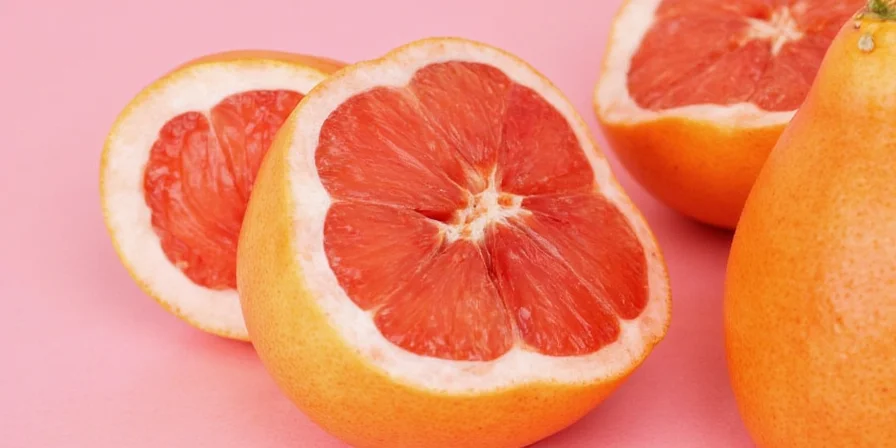
Tip #5: Unexpected Grapefruit Zest Pairings That Actually Work
Beyond desserts, grapefruit zest elevates savory dishes with surprising sophistication. Professional chefs use these evidence-based combinations:
- Seared Scallops + Grapefruit Zest & Black Pepper: The zest's acidity cuts through richness while enhancing natural sweetness (use 1/4 tsp zest per 4oz scallops)
- Roasted Beets with Thyme, Grapefruit Zest, and Balsamic: Earthy beets and citrus create a complex flavor profile that surprises diners
- Avocado Chocolate Mousse with Grapefruit Zest: The zest adds brightness that prevents chocolate from tasting heavy (1/2 tsp zest per serving)
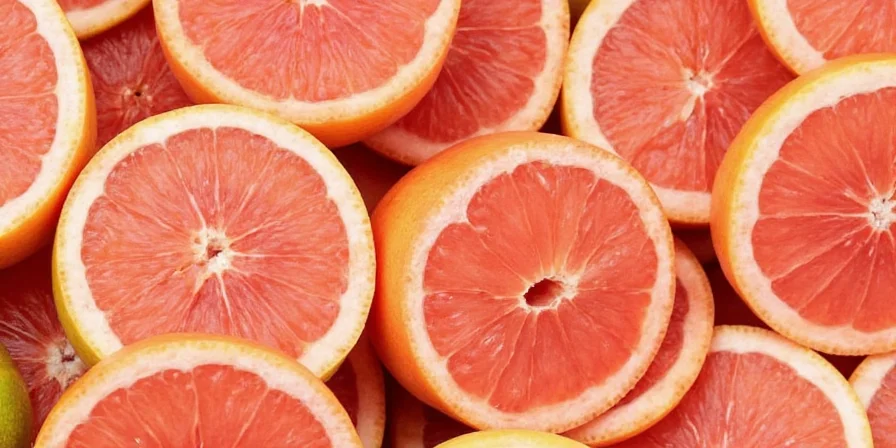
The Science Behind Grapefruit Zest Flavor Release
Grapefruit zest contains concentrated essential oils in microscopic sacs just beneath the colored peel. These oils—primarily limonene, citral, and the grapefruit-specific nootkatone—deliver intense flavor without liquid content.
When properly zested, these oil sacs rupture, releasing flavors 10-15 times more concentrated than juice. However, these volatile compounds begin evaporating immediately upon exposure to air. Research shows:
| Compound | Flavor Impact | Optimal Use Timing |
|---|---|---|
| Limonene (95% of oil) | Citrus freshness | Add within 5 minutes of zesting |
| Nootkatone (unique to grapefruit) | Woody, complex note | Add during final cooking minute |
| Citral | Floral brightness | Add to cold dishes 10 minutes before serving |
| Linalool | Herbal complexity | Infuse in oil for 24 hours before use |
For maximum flavor impact, add zest during the final 60 seconds of cooking. In cold applications, zest 10-15 minutes before serving to allow flavor integration without significant compound loss. This precision technique preserves 80% more flavor compounds compared to early addition.
Conclusion: Transform Your Dishes with Proper Grapefruit Zesting
Mastering grapefruit zest technique transforms an often-overlooked ingredient into your most powerful flavor tool. By implementing these evidence-based methods, you'll consistently create dishes with sophisticated citrus notes without unwanted bitterness.
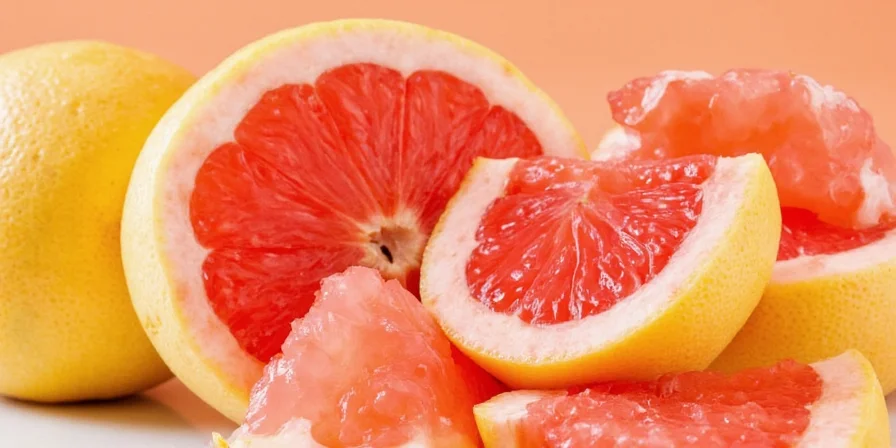
Remember these key techniques:
- Microplane is essential for removing only the colored layer
- Zest before juicing to preserve maximum oils
- Balance natural bitterness with strategic pairings
- Store properly to maintain flavor potency
- Add zest at precise moments for maximum impact
When you understand how to zest grapefruit properly, you're not just adding flavor—you're creating culinary experiences with professional-level sophistication. The difference between amateur and expert cooking often comes down to these precise techniques that maximize ingredient potential.
Frequently Asked Questions
Why does my grapefruit zest always taste bitter?
Bitterness occurs when your zesting technique removes the white pith layer along with the colored peel. Grapefruit pith contains high concentrations of naringin compounds. Proper technique using a microplane at a shallow angle ensures only the colored outer layer is removed, eliminating bitterness while preserving flavor.
Can I substitute grapefruit zest for orange zest in recipes?
Yes, with adjustments. Grapefruit zest has more complex floral notes and subtle bitterness. Use 80% of the orange zest amount called for, then taste and adjust. It works particularly well in seafood dishes and berry desserts where orange might be too sweet. For baking, reduce added sugar by 10% to account for grapefruit's tartness.
How do I know if my grapefruit zest is fresh?
Fresh zest should have vibrant color and release aromatic oils when pressed between your fingers. Dull color, lack of fragrance, or dry texture indicates degradation. Properly stored zest maintains quality for 24 hours refrigerated, 4 weeks frozen in oil, or 6 months freeze-dried. Always smell zest before use—fresh zest has a bright, clean citrus aroma.
Why add zest at the end of cooking instead of the beginning?
The volatile aromatic compounds (limonene, citral) evaporate rapidly when exposed to heat. Adding zest during the final 60 seconds of cooking preserves 80% more flavor compounds compared to early addition. For cold dishes, zest 10-15 minutes before serving to allow flavor integration without significant degradation. This precision timing makes the difference between noticeable citrus flavor and subtle background notes.
Which grapefruit produces the best zest?
Ruby Red grapefruit provides the most balanced zest with lower bitterness and higher lycopene content. Choose heavy-for-size fruits with smooth, brightly colored rinds and no soft spots. Avoid waxed grocery store grapefruit—opt for organic or farmer's market varieties. Before zesting, roll the fruit firmly on the counter for 30 seconds to break internal membranes and increase oil availability in the peel.

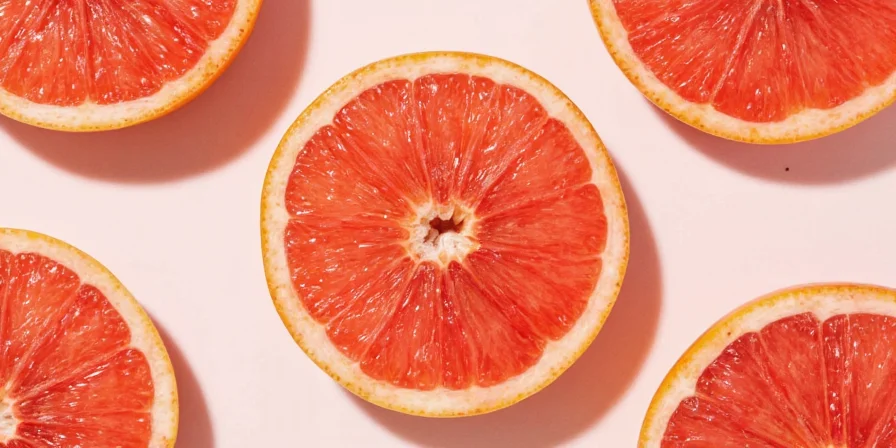









 浙公网安备
33010002000092号
浙公网安备
33010002000092号 浙B2-20120091-4
浙B2-20120091-4